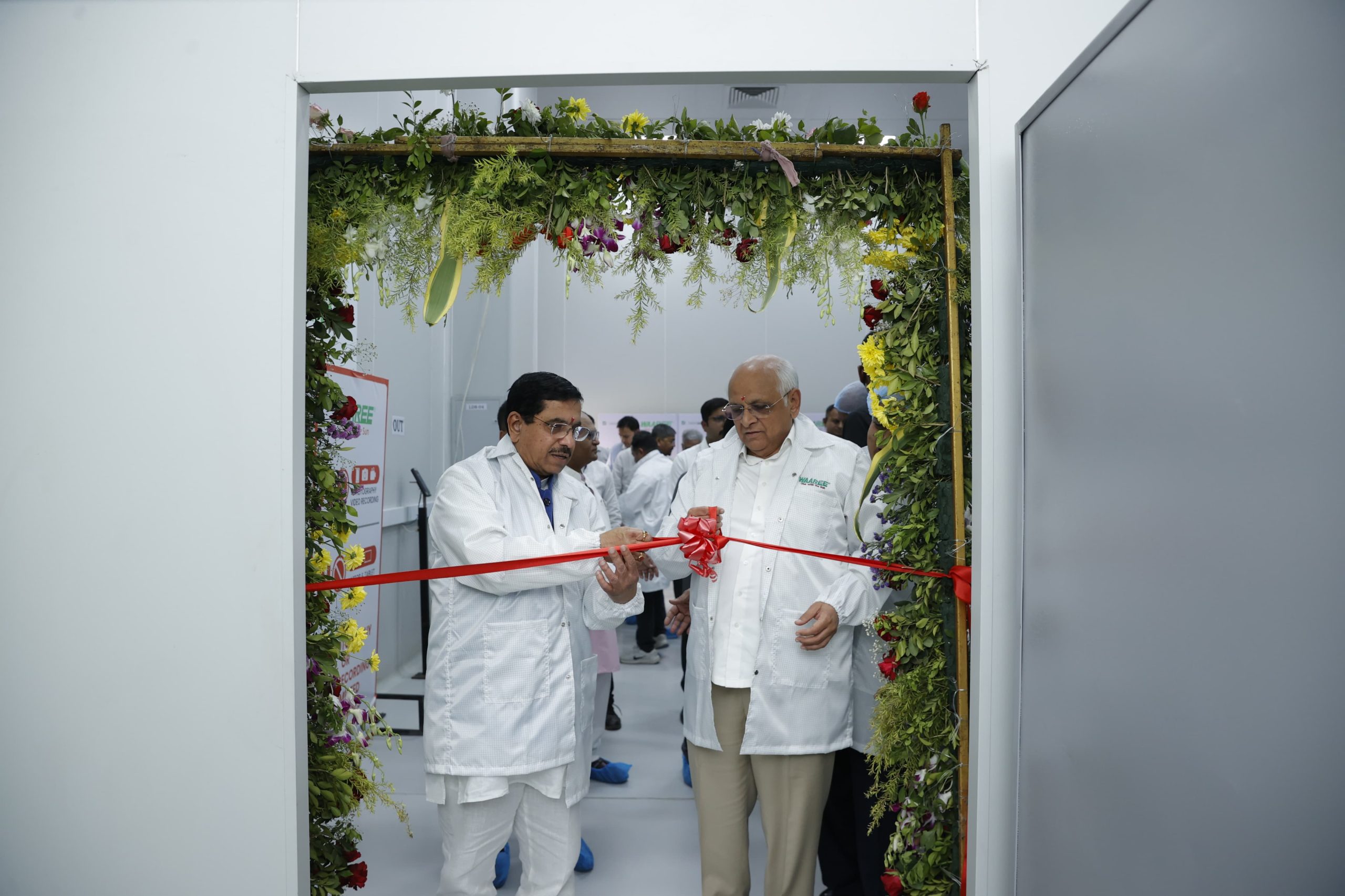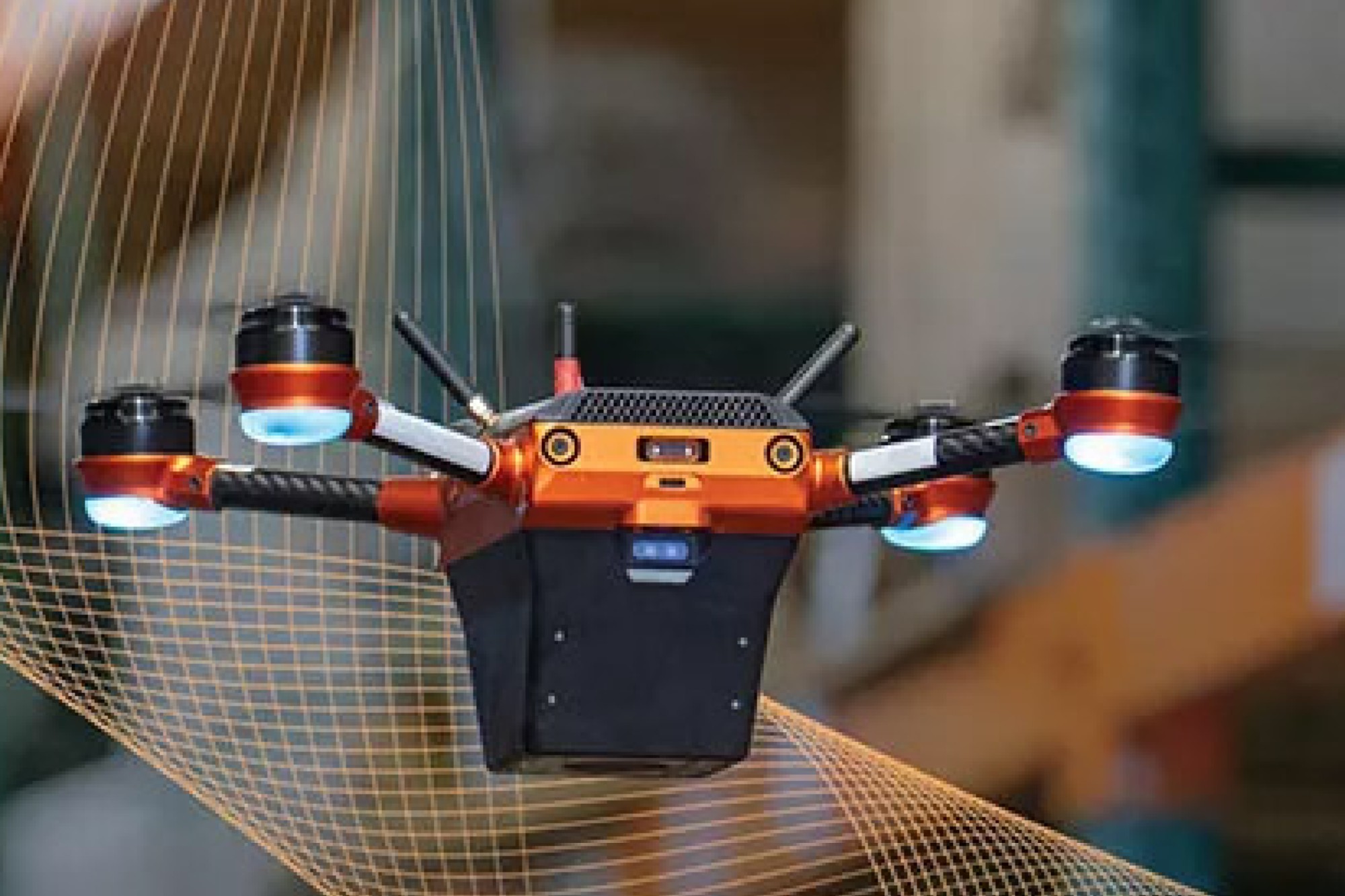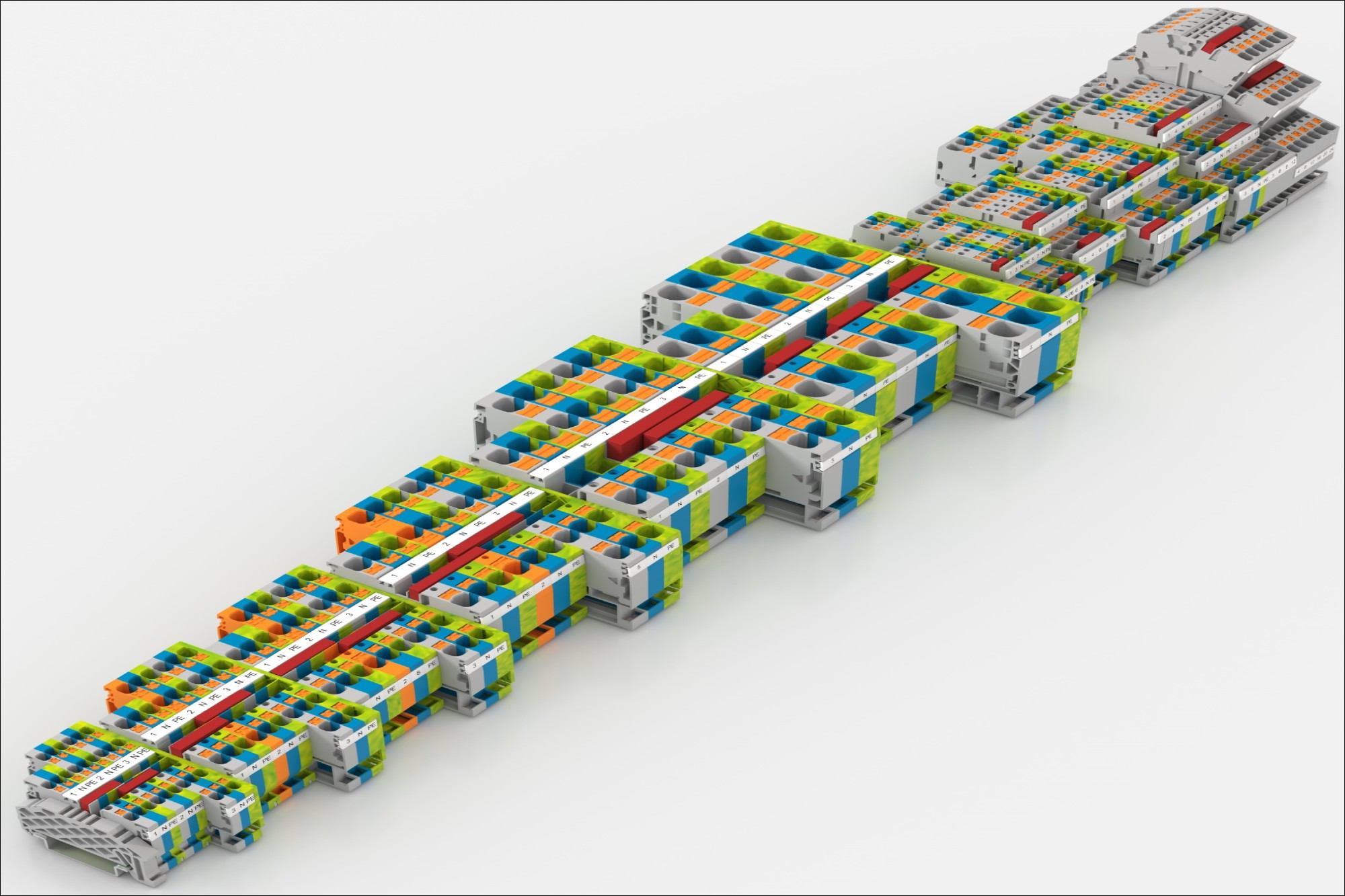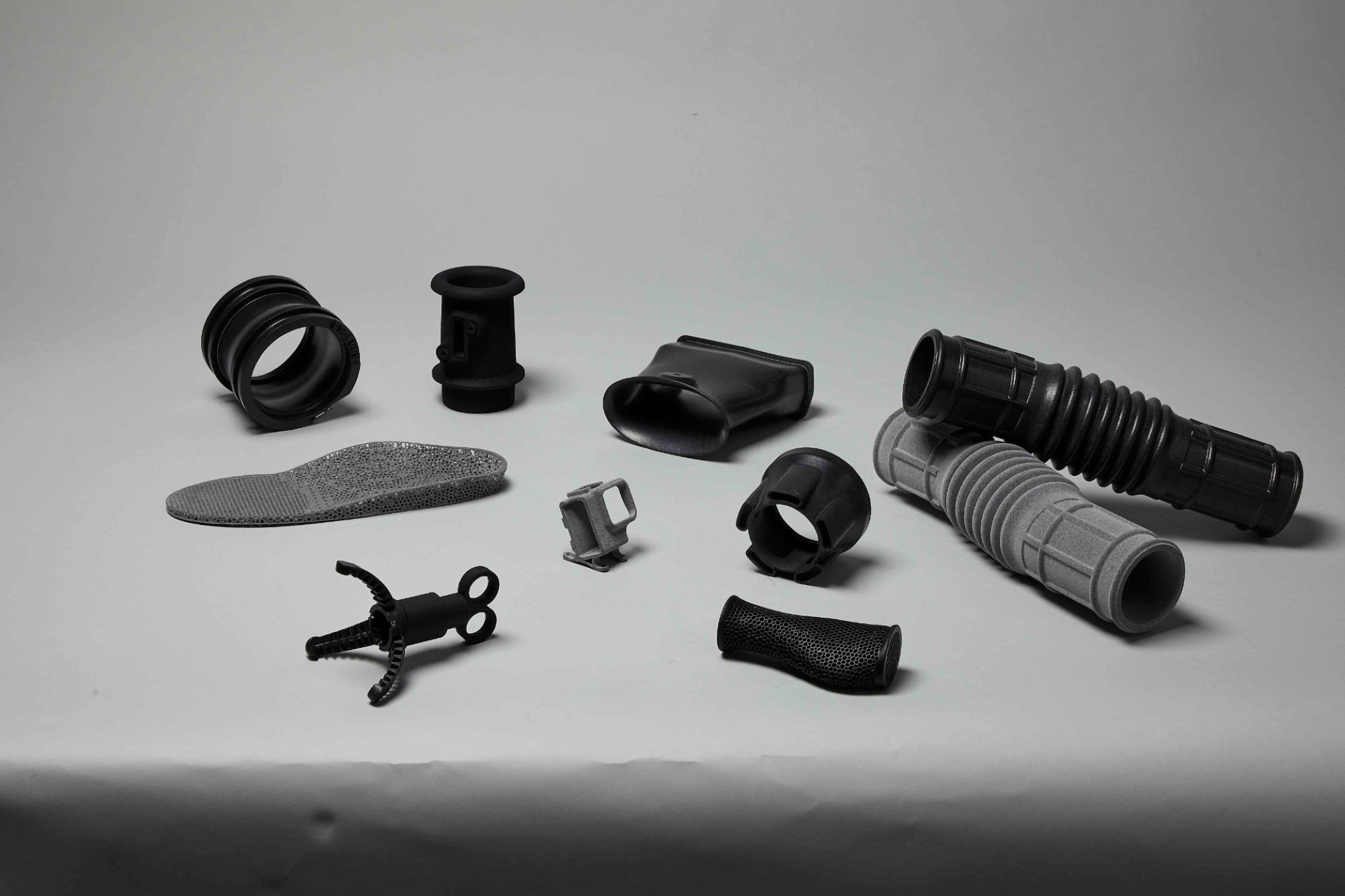Is India ready for digital transformation?
By OEM Update Editorial February 10, 2017 3:23 pm IST
With the increasing focus on areas like process automation, IIoT and Industry 4.0, have we sidelined the most crucial manufacturing asset- the workforce?
The manufacturing sector in India has had a significant share in the Indian economy after the industrial foundation was set up in the late 50’s. This makes it essential to ensure that this sector in India should flourish. With a lot of movement towards digital sector and transforming the industry, the workforce, seems to have been overlooked. We ask some of the industry experts if India is truly ready for a digital transformation.
“As India along with the other major growing economies around the world are digitalising their workplace, offices and factories by bringing automation in order to increase the level of output, reduce the high cost of labour, and compensating for a limited supply of labour, there is serious concern being raised about the future consequence of ‘technological unemployment’ where the machine is/will replace the human work force,” says Mukesh Thakur, Asst. Mgr – S&M, Finder India Pvt Ltd. Thakur says that the pro’s and con’s of digitisation have been going on for a long time. Some feel, in the long run automation will create new jobs and raise living standards while other are projecting the loss of a third of all jobs to automation by the mid-2020s.
Thakur brings it to notice that it is not the first time technology has replaced humans in the workplace. There are several examples where machines took over human in various work places like computers in offices and robots in the factories. He adds, “The only difference in today’s time is that changes seem to be coming much faster than before. We live in a time of exponential growth in technology. However, few can deny the benefits that these advances have brought to society since 2000. Automation allows people to complete tasks faster with fewer errors at cheaper costs.” Automation has increased productivity, which means people don’t have to spend as much time or money to accomplish tasks, which generates new wealth for society.
“I think, we should be more optimistic rather than pessimistic because of the past experiences which shows that technology has always ended up creating more jobs than it destroys. Automating a particular task, so that it can be done more quickly or cheaply, increases the demand for human workers to do the other tasks around it that have not been automated,” says Thakur.
New age technology will speed up the existing trend of computer-related automation, disrupting labour markets and requiring workers to learn new skills more quickly than in the past. Organisations that leverage automation tools will likely see morale and engagement rise among their employees, all the while boosting the accuracy and efficiency throughout various departments. Working to find the ways to create the most symbiotic possible relationship between automation tools and workforce members will likely be the best path forward.
When asked about the condition of workforce in India, Rahul Nargotra, Business Development Director APAC, Schneider Electric says, “Manufacturing plays an important role in India, accounting for nearly 16 per cent of real GDP and employing about 12 per cent of India’s labour force. India has emerged as one of the favourite destination for global manufacturers thanks to its key attractions such as cost competitiveness, skilled workforce and favourable government policies. This growth is magnificent, offering huge job opportunities to skilled workforce in India.”
Nargotra points out that in the overall manufacturing sector in India, automation amounts to only one-fifth to that of developed economies. In contrast to automation, the manufacturing sector currently contributes 17 percent to the GDP. “Although evolving steadily, when compared to global benchmarks of manufacturing sectors contribution to GDP in advanced economies, it is evident that Indian manufacturing has massive untapped potential. While manufacturing is all pervasive across industries, increasing regional as well as country-wide demand is expected across various sectors such as power, oil and gas; water and waste water and mining, metals and minerals,” he says.
According to Nargotra, the manufacturing industry in India has gone through various phases of time and promises to be one of the highest growing sectors in the coming years. The government has ambitious plans of transforming lives of Indian population through better transportation, sanitation, drinking water, electricity and energy saving. In order to achieve this vision, smart manufacturing and digitalisation has been an important component. This will help India in many sectors like utilizing big data, will refine complicated process and manages supply chain.
How automation will create more jobs
Explaining how automation will create more jobs, Nargotra says, “Automation is no longer an option in the 21st century enterprise. Across industries, it is already driving efficiency, productivity, agility, adaptability and optimization. This development is offering people to get more efficient in order to move to the next level. Automation has increased the productivity and discovery that ultimately leads to more wealth, cheaper goods, increased consumer spending power and ultimately offering more job opportunities to explore. “
The new digital industrial technologies collectively known as Industry 4.0 will transform industrial workforce. Although more jobs will be gained than lost, workers will require radically different skills. By applying technologies such as amplified reality, manufacturers can help people remain in or return to the workforce in entirely new roles. This development will create many jobs in areas such as human interface design and data handling.
Make in India and job requirementCommenting on the campaigns like Make in India and the job requirement, Nargotra says, “The manufacturing sector has the potential to grow six fold by 2025, creating up to 90 million jobs in the process. With a strong focus on missions like Make in India, Digital India and Smart Cities, there is a need for skilled workforce in the power, solar energy and automation sector. Make in India has aroused positive sentiments. Investment have increased in the last few years which is expected to improve employment potential across industries. Aggressive growth in employment generation is expected in the back of increased investments, innovation and high-class manufacturing infrastructure.”
Pradeep David, General Manager, Universal Robots, India says that automation has become a necessity over the past few decades as a result of the global competition. “Industrial automation has always been part of manufacturing industry on limited basis. This has helped in efficient manufacturing processes and in mass-production of goods. Automation is becoming inevitable globally in the manufacturing industry today,” he says.
However, David points out to the fact that the Indian manufacturers are slower to realise the benefits as India is a country with abundant skilled labour, and the recent government economic policies like Make in India and Skill India have helped enhance the skills of the workforce in India. He says, “The manufacturing industry has been the provider of employment for a 45 per cent of the Indian workforce for the longest time. With the technological advancements and increase in automated use of machinery, the labour intensive processes required in the manufacturing industry have decreased. This, in the view of various economists, could lead to a high rate of unemployment and is unfavourable to a labour-intensive country like India. The World Bank recently stated that automation threatens 69 per cent jobs in India.”
David feels that the heavy industry manufacturers have viewed automation not only as means improvement in quality and increasing quantity of the production but way to downsizing the workforce. The main aim of automation is to mass-produce high quality goods and increase the supply to market; which is not possible manually, as error rate can be too high. The human mind and body tire after certain repetitive actions and this is where automation comes into play. Automation should help the labour force and not displace it.
Explaining further, David says, “With this idea of higher production rate and the need for human interaction with machine automation, the Collaborative robots were first developed in 2008 by Universal Robots. The human-robot collaboration is different from traditional robots. The idea is for humans and robots to be inter-dependent and achieve what each of them does best, safely. There are a few things requiring human ingenuity that are best done manually, whereas the accuracy, precision and repetitive mass production at higher efficiency is best taken care of by robots. These collaborative robots provide an added incentive to the workforce as consistent quality production is possible with human supervision.”
Giving an example of how labour-intensive conditions and the collaborative robots together can help the Indian Market achieve the best of both worlds by making precise use of this distinctive technology, David says, “Universal Robots have been working with Aurolab which is associated with the healthcare centre. The labour force at Aurolab actually increased from 15 to 700 and production improved from 150 to 10,000 Intra Ocular Lenses (IOL) per day. They are exporting to over 130 countries due to superior quality of their lenses. Aurolab have seen a 15 per cent increase in the annual product output. Aurolab is associated with the Arvind Eye Care Systems and have provided them with co-bots that have increased affordability helping people regain vision at lower cost, and has considerably reduced the power consumption and quality problems.
To conclude, David expects to see a positive growth in the efficiency of the supply of the products, along with the stability in the employment rates. The workers must cohabitate with robots as human interaction is necessary for automation to succeed at affordable costs. He mentions, “Let’s change Make in India to Make with Quality in India.” The rapidly advancing technology and people will not be competing for work but co-operate to revolutionise the Indian manufacturing industry.
Though the manufacturing sector has the essential characters in order to generate a creative productive employment, the horrendous conditions in which the labourers work and the uncertainty in the amount of jobs might not provide a sustainable employment growth in the workers.
Hence, in the case of a labour intensive country like India, great care must be taken so that the manufacturing sector grows more positively. In the absence of which, the benefits of productive employment generated through business excellence may not reach to the society as a whole.
Cookie Consent
We use cookies to personalize your experience. By continuing to visit this website you agree to our Terms & Conditions, Privacy Policy and Cookie Policy.


















